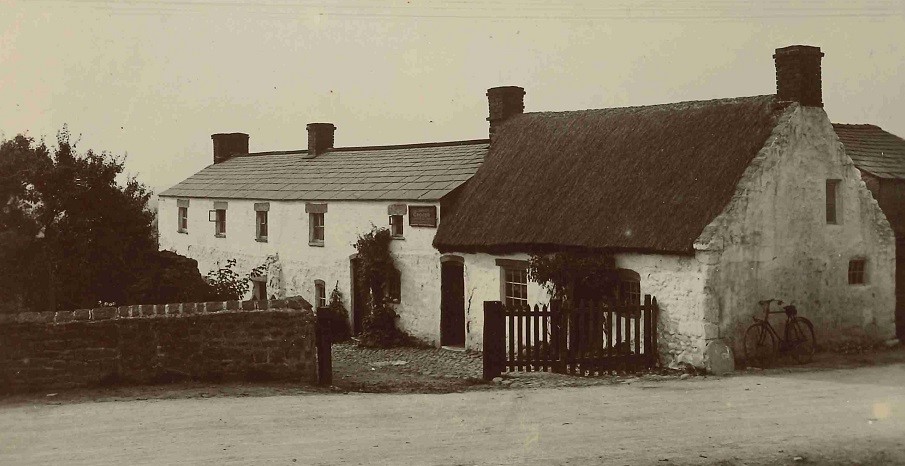Thurnham is mentioned in the Domesday Book as ‘Tiernun’ and ‘Thurnum’ in 1160.
Like Arkholme, this name is not quite what it seems and like Arkholme (or Ergune as it was at Domesday) the ending means ‘at the’. In the case of Thurnham it is place ‘at the thorn-bushes’. This comes from either the Old English (Anglo-Saxon) or Old Norse ‘Ƿyrnum’ – with the Ƿ said as ‘th’.
Local historian Mary Higham speculated that in the case of Thurnham this might indicate a source of thorn bushes for building enclosures – Domesday records that such activities were going on further south in what is now Lancashire.
Close by Thurnham and Cockerham is the hamlet of Hillam, which was recorded in the Domesday Book as ‘Hillun’. This comes from the Old English ‘at the hills’ and seems to be at the end of an important route across the sands from Pilling where you could join the Roman road nearby at Cockerham. In this low-lying landscape ‘at the hills’ is definitely subjective!
Mary Higham also speculated that there seemed to be a connection between these ‘at the’ sites and Roman roads and wondered whether they might indicate an early post-Roman settlement site.
The photo shows Thurnham village around 1907-9.


